Is it Okay to Fertilise Your Lawn After Mowing?
A beautiful, lush lawn is a source of pride for many homeowners. It not only adds to the aesthetics of your property, but also provides a functional space for outdoor ...

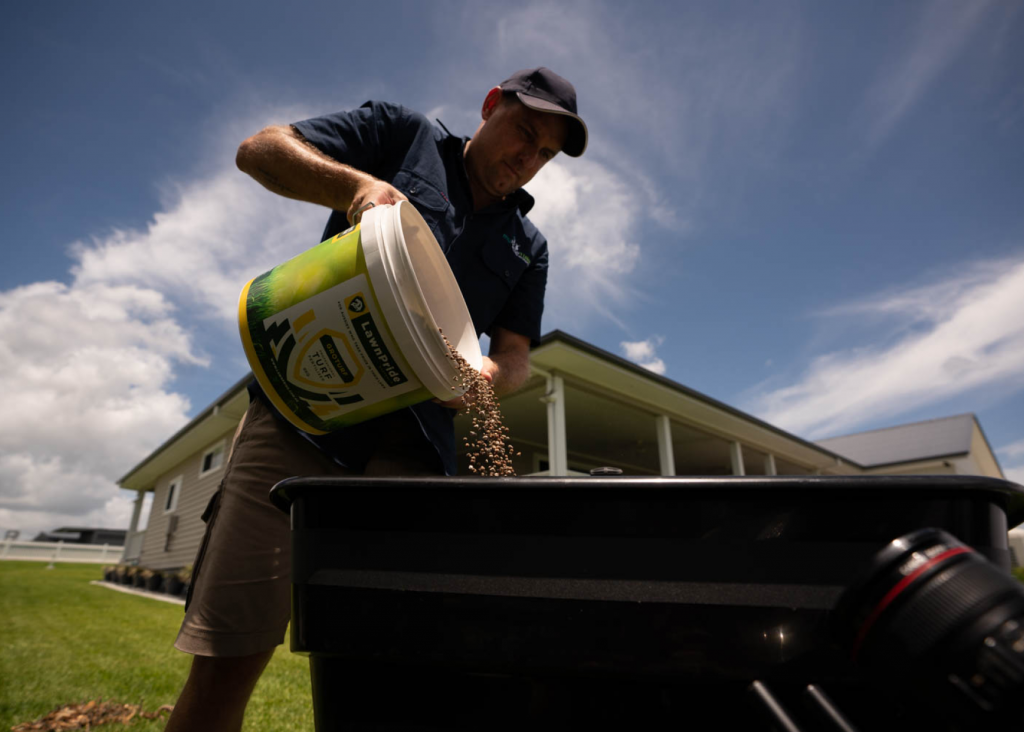 Fertilising your lawn is probably one of the easiest tasks you can do to gain a perfect lawn.
Fertilising your lawn is probably one of the easiest tasks you can do to gain a perfect lawn.
And with a few easy tips on how to fertilise your lawn you can create a healthy lawn that’s less susceptible to common lawn weeds, pests, disease and stress.
Knowing how to fertiliser your lawn also means you will get the best results and the best bang for your buck.
Always remember to check the label on your fertiliser to ensure it is suitable for your lawn variety.
Some easy tools will help you on your way and make the job easier when fertilising your lawn.
Once you have all your gear and you know what fertiliser you need to use on your lawn – you are ready to start!
Now you have all your preparation gear, these easy tips will help you understand how to fertilise your lawn.
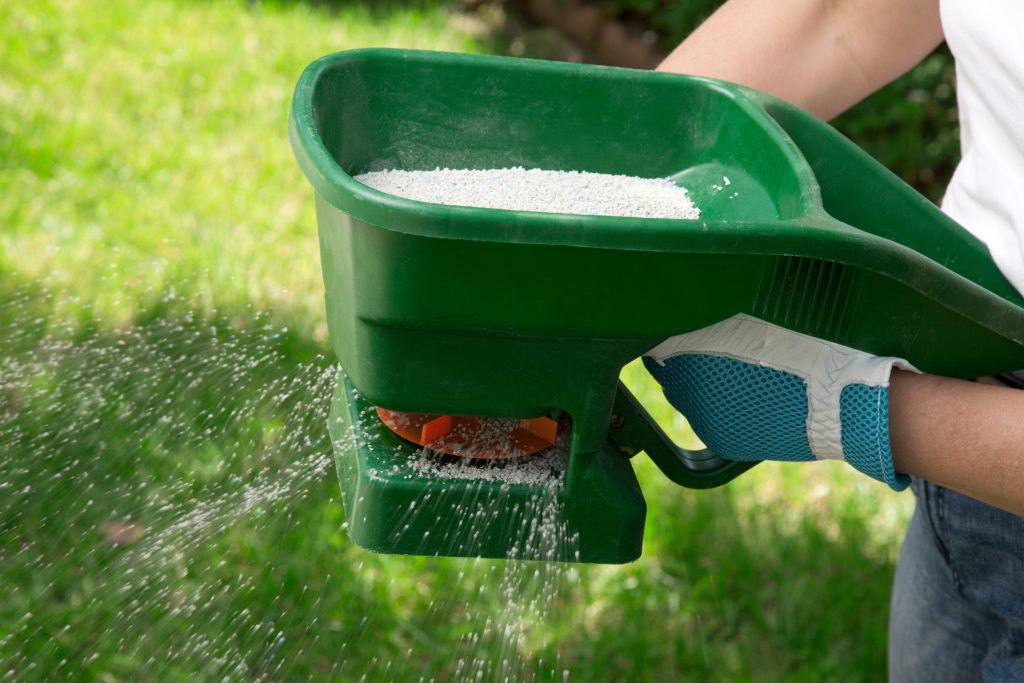 The type of fertiliser you use and how often you want to fertilise your lawn depends on your budget and lawn health needs. Below is the range you can choose from.
The type of fertiliser you use and how often you want to fertilise your lawn depends on your budget and lawn health needs. Below is the range you can choose from.
When choosing a fertiliser, always make sure it is appropriate for your lawn type and the time of year you are applying it to your lawn.
Knowing how to fertilise and what tools you need makes it so much easier to maintain a green, healthy lawn.
The key to properly fertilising is to; know what sort of lawn variety you have so you choose the right fertiliser, prepare your lawn for fertilising, then continue to fertilise your lawn according to the label’s instructions.
There is a great range of fertilisers on the market to suit your budget and lawn’s needs and they can be found at myhometURF’s online store. If you are unsure what fertiliser is right for you read myhomeTURF’s Concise Lawn Fertiliser Guide.
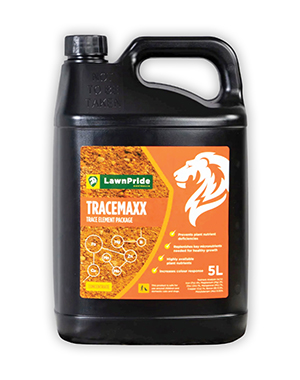
LawnPride TraceMaxx 5L Concentrate provides a complete package of the 9 essential Trace Element nutrients that aid in preventing plant nutrient deficiencies. Suitable grasses for LawnPride TraceMaxx 5L Concentrate are Zoysia, Kikuyu, Couch and Buffalo. Always read the safety directions and instructions on the product label before use.
SHOP NOW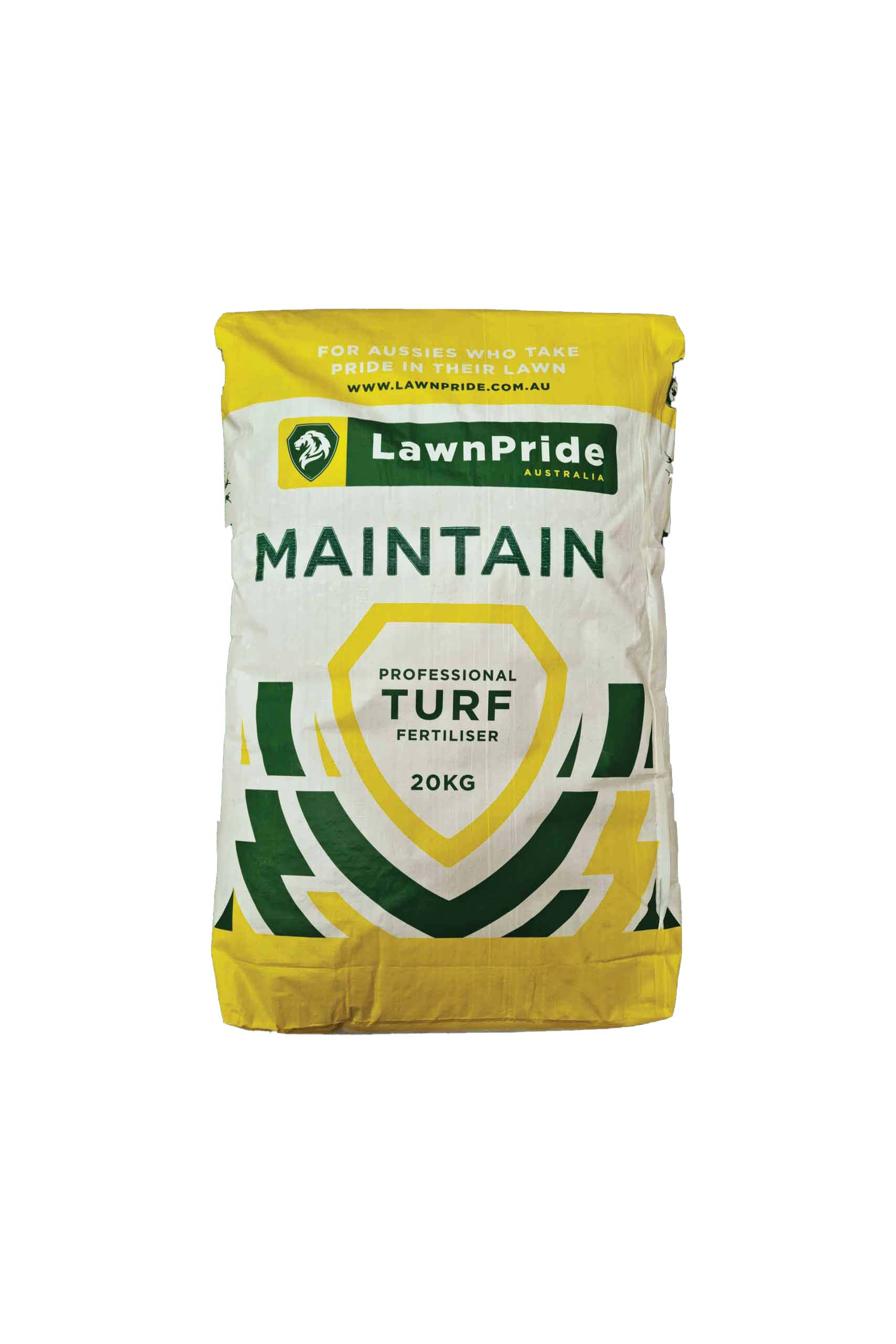
Lawn Pride Maintain 26-2-9 + 3.4 Fe 20kg is one of the most popular granular all-round lawn fertilisers on the market with the active ingredients of Nitrogen (N – 26), Phosphorus (P – 2), Potassium(K – 9) and Iron (Fe – 3.4). Suitable for Zoysia, Kikuyu, Couch and Buffalo grasses. Always read the safety directions and instructions on the product label before use.
SHOP NOW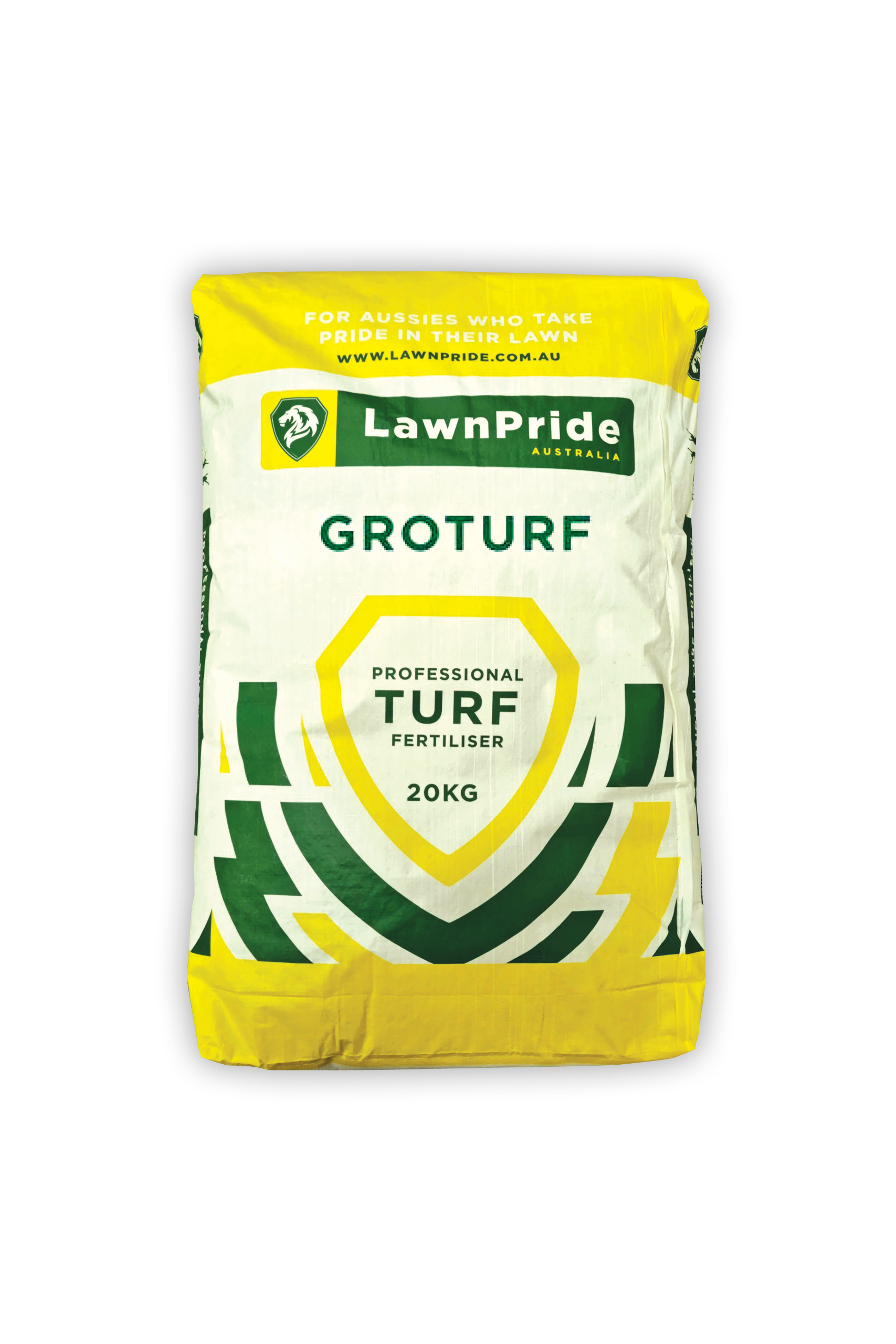
LawnPride Groturf 15-4-11 + Traces 20kg is an instant release granular fertiliser designed to initiate rapid growth of your lawn thanks to extra trace elements that build up your soil’s nutrients. Suitable grasses for LawnPride Groturf 15-4-11 + Traces 20kg are Zoysia, Kikuyu, Couch and Buffalo.
SHOP NOW